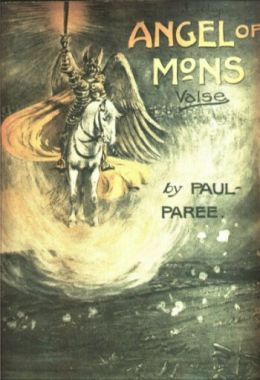The weekend of April 4 – 5 is important for the Belgian city of Mons. Having been designated a City of Culture for the year 2015, the city is opening five new museums. Among them is the Mons Memorial Museum. Like many cities in Europe, Mons has been occupied by many nations throughout its history. The museum will tell the story of the wars in which Mons has been fought for and occupied. What makes this museum unique is that it will look at these invasions and conquests from the point of view of the citizens of Mons. They suffered privations, humiliation, deprivation. They were captives of the oppressors. Many were enslaved, tortured, killed, even made to fight for the enemy who took over their city. I have been invited to the opening ceremonies on April 3 to be followed by a reception and cocktails at the Marie. A professional guide who Sarah and I met in August is taking me to a new Van Gogh museum. He spent two years just outside of Mons, going to preach the gospel and leaving as an artist. His pictures of peasants in the fields date from this time and place. I will also be taken by a person we met last time to the small military cemetery in nearby Framieres to visit the grave of Malcolm Leckie, the brother in-law of Sir Arthur Conan Doyle, and a major character in my novel “The Angel of Mons.” 


